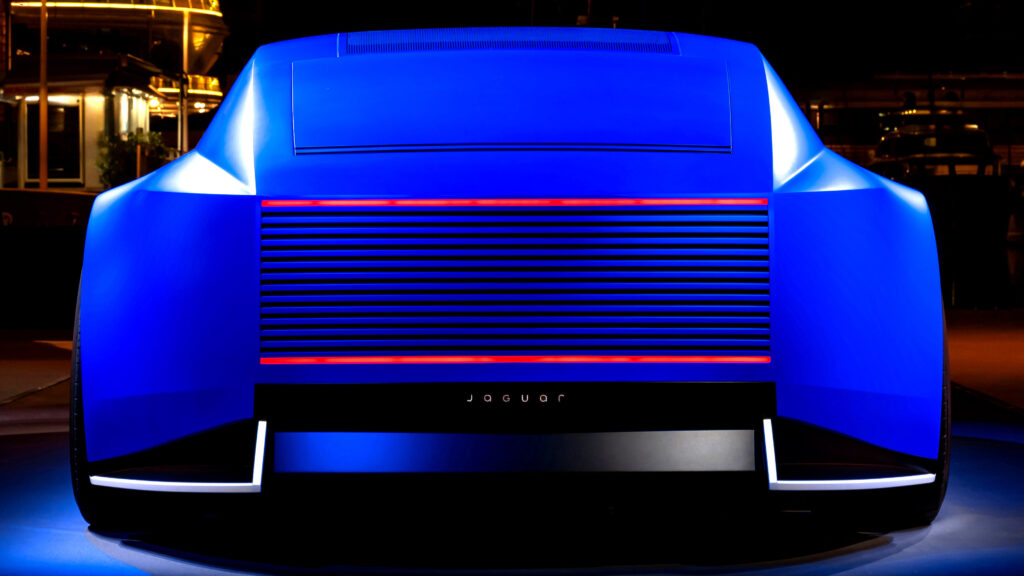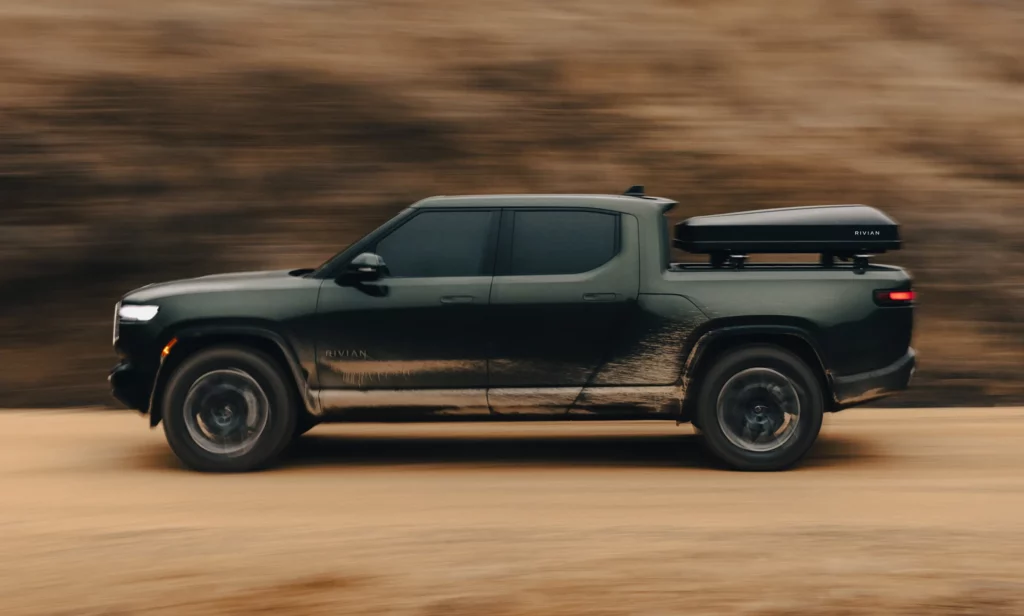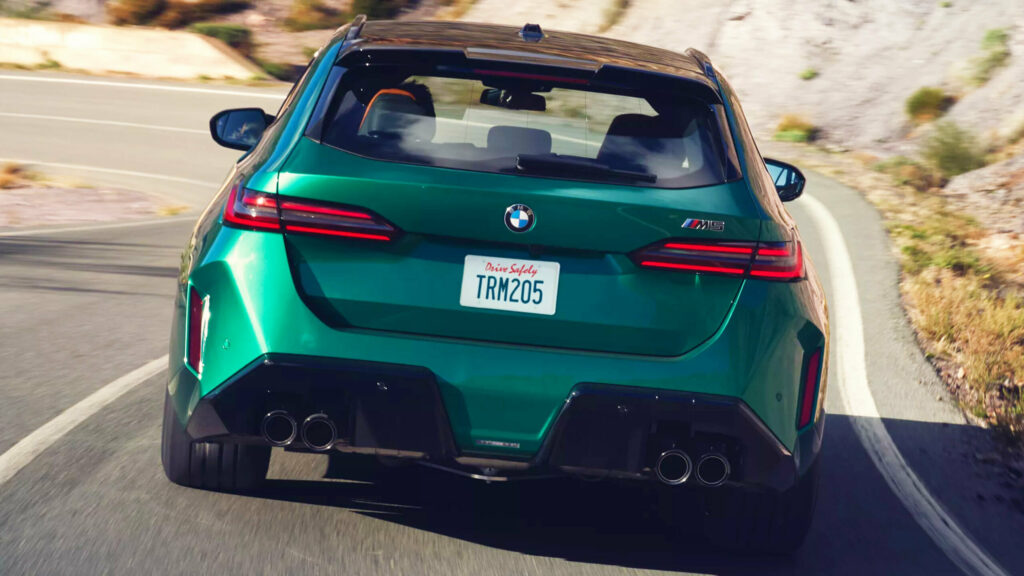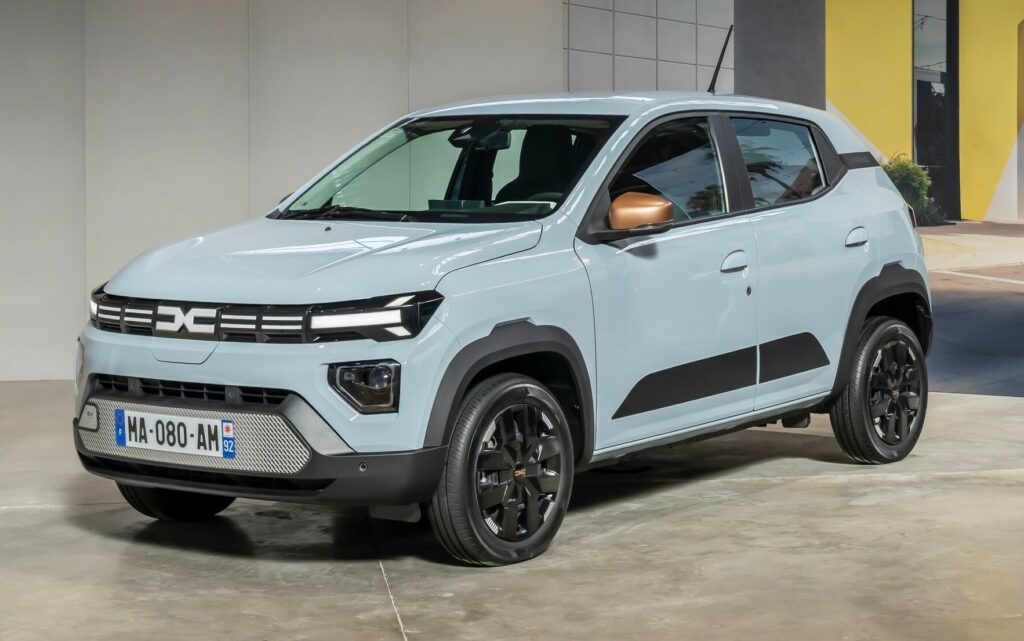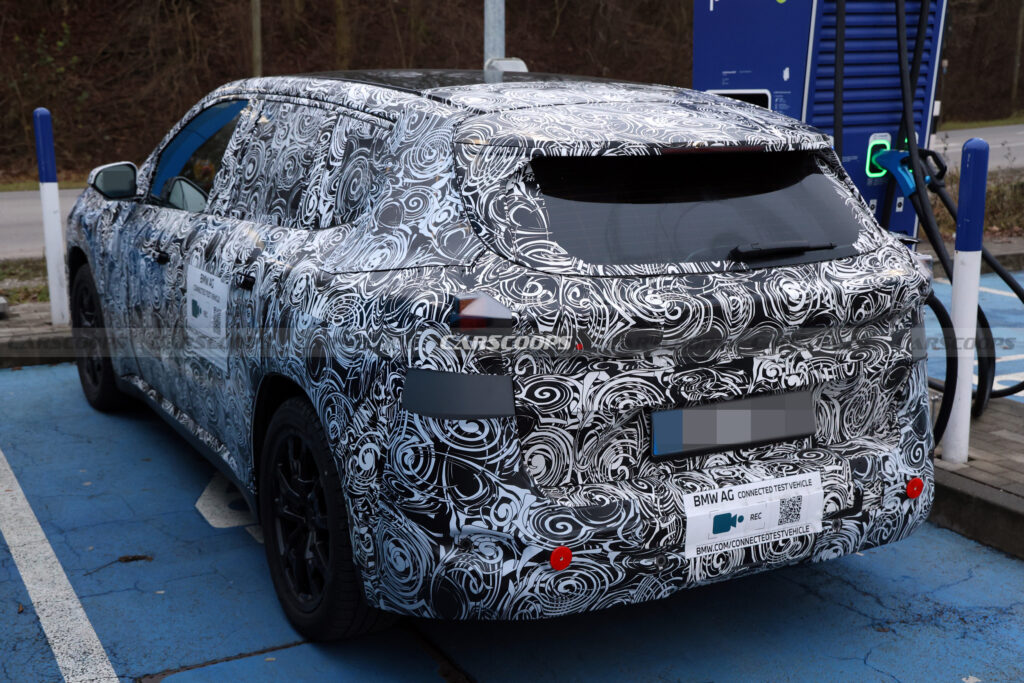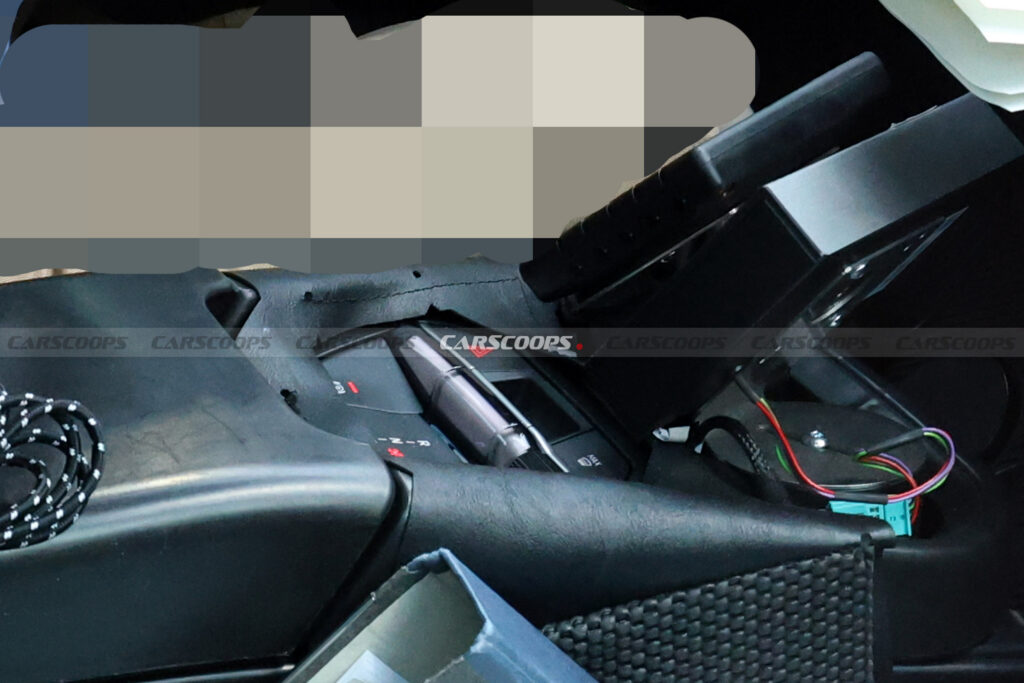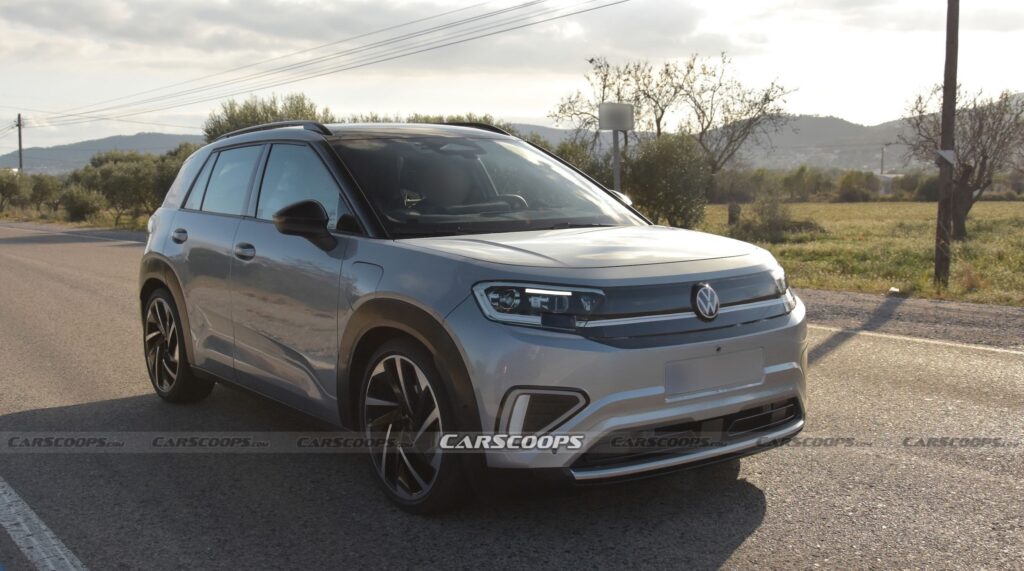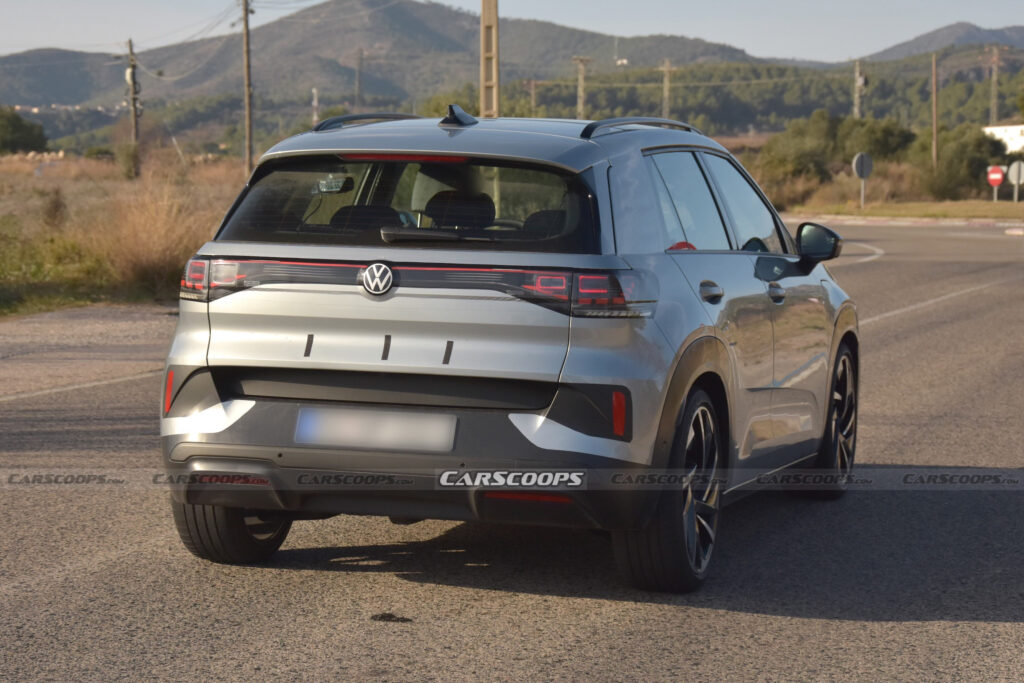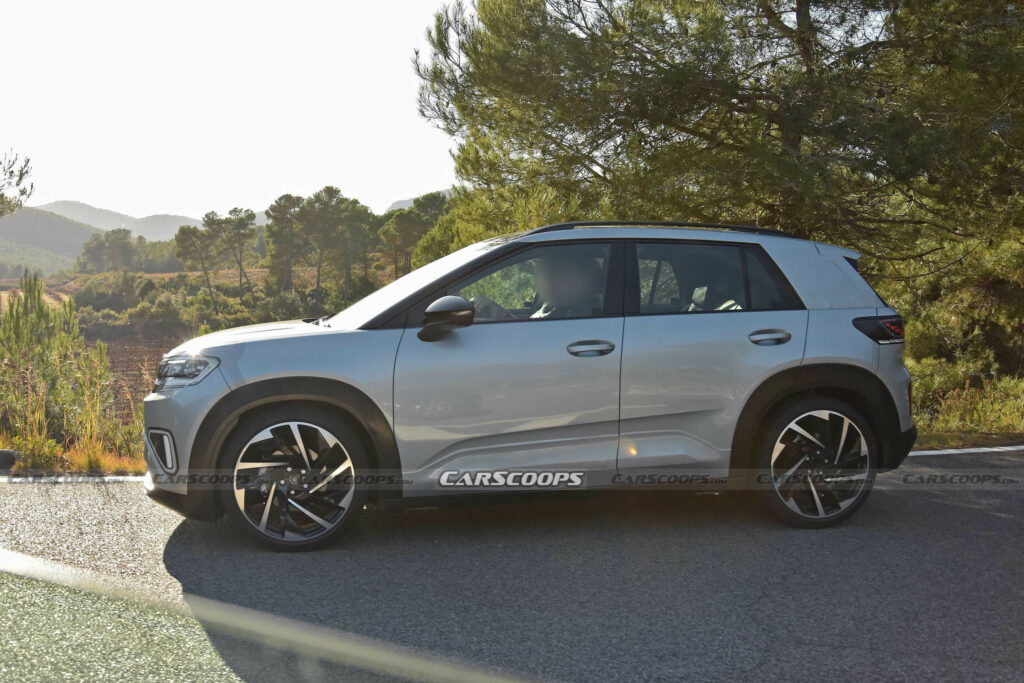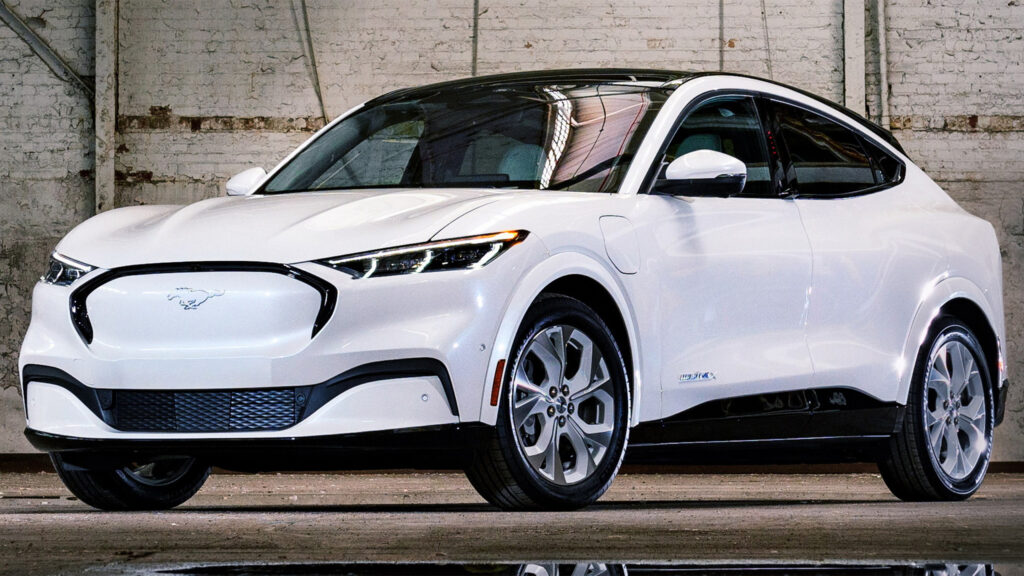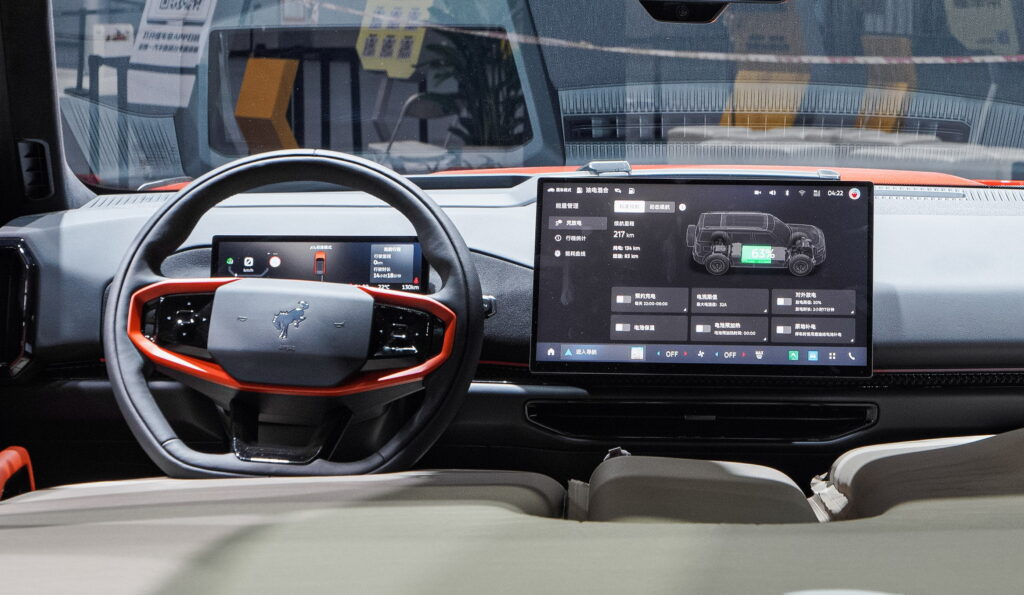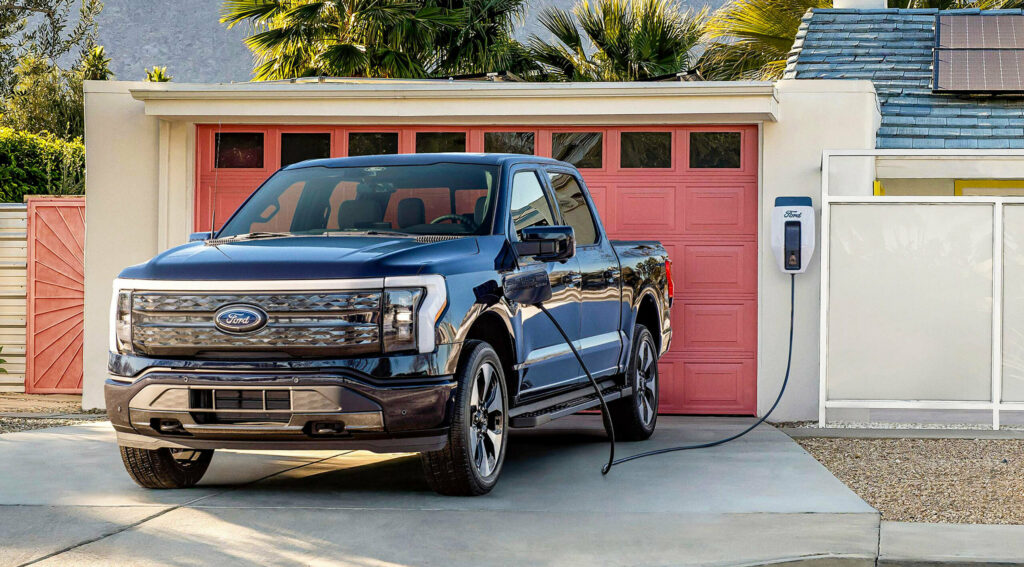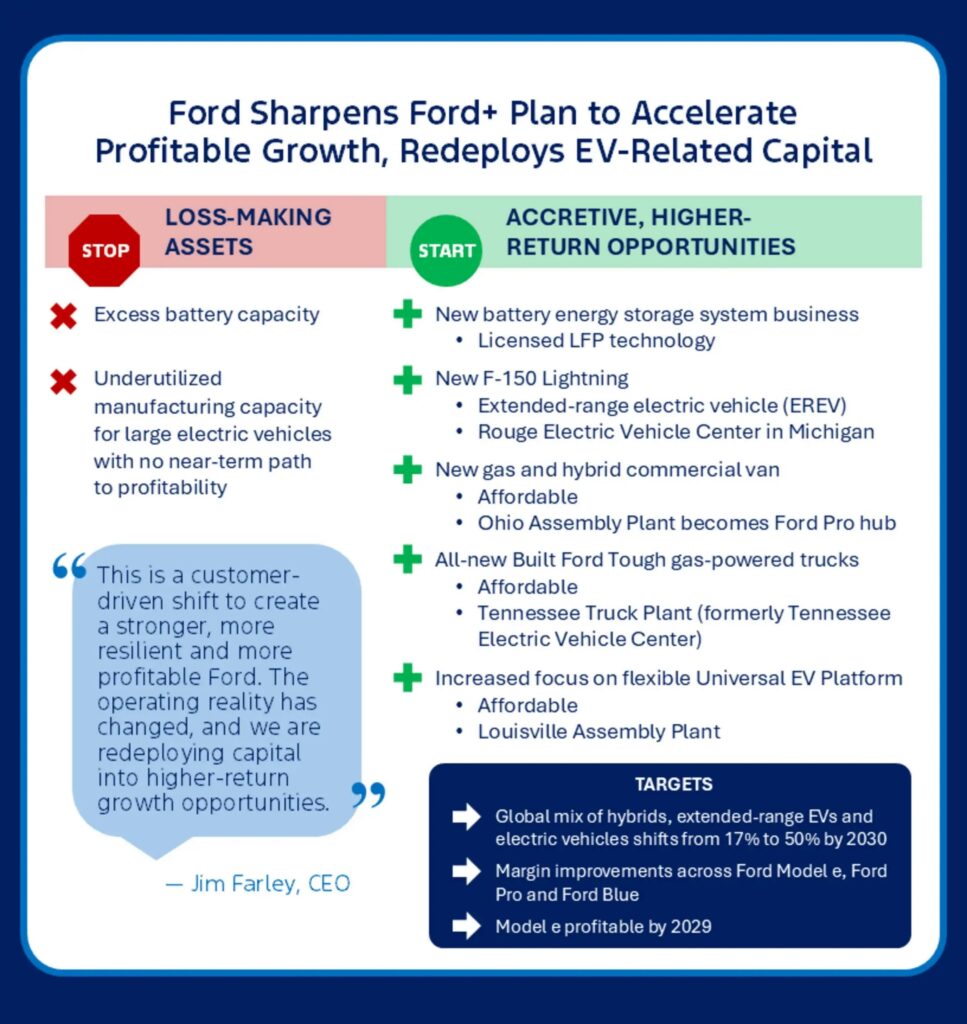These Driverless Toyotas Just Took Control At Japan’s Busiest Airport
- Toyota-branded autonomous towing tractors begin carrying baggage at Haneda Airport.
- They use obstacle detection and self-positioning tech, supported by remote monitoring.
- Top speed is limited to 15 km/h (9 mph) autonomously, towing up to 13 tons (28,700 pounds).
Airport ground vehicles usually look quirky and old-fashioned, but Toyota’s new towing tractor packs some interesting tech. The driverless model is being deployed on the Tokyo Haneda Airport in Japan, featuring Level 4 autonomous driving capabilities.
The project was originally announced in March 2021, with with trial operations starting in October 2021. The tractor received the iF Design Award in 2022, and development continued by Toyota Industries Corporation in collaboration with All Nippon Airways (ANA).
More: VW Built A Car That Doesn’t Want You To Touch Anything
Starting December 2025, three autonomous towing tractors will handle domestic flight operations, with another three set to be deployed by the end of March 2026. According to the company, this marks the first practical application of Level 4 autonomous driving within a Japanese airport’s restricted area. Level 3 demonstrations have occurred at local airports since 2019.
The vehicles transport container dollies carrying baggage and cargo to the planes. Autonomous operation relies on self-position estimation and obstacle detection, while a remote monitoring system handles tricky scenarios that might occur near busy takeoff and landing zones.

The design is similar to earlier prototypes, but features slightly revised front bumper and side sills. The model carries the Toyota emblem on its nose, features car-like headlights and a two-seater cabin. A number of sensors – including a LiDAR – are mounted on the fenders, nose, profile, and nose, allowing the tractor to scan the surrounding area for obstacles.
More: Hyundai’s Latest Robots May Be Eyeing Your Job
Specifications for the fully electric powertrain and battery packs remain undisclosed. During autonomous driving, top speed is limited to 15 km/h (9 mph) and towing capacity to 13 tons (28,700 pounds). With a human driver, these increase to 25 km/h (16 mph) and 27 tons (59,500 pounds). The main route between terminal spots and the cargo shed is roughly 1.5 km (1 mile), with two traffic lights along the way.
Toyota and ANA have also launched a new Fleet Management System (FMS). This is designed to issue transport instructions to multiple vehicles, allocating departure and arrival lanes in coordination with traffic light control.








